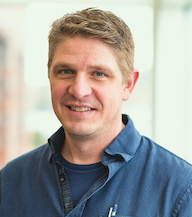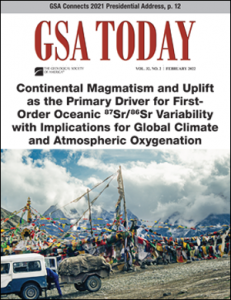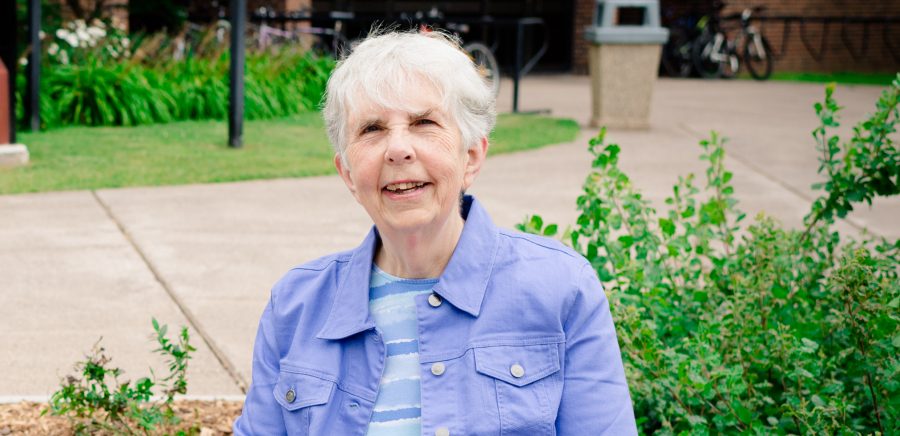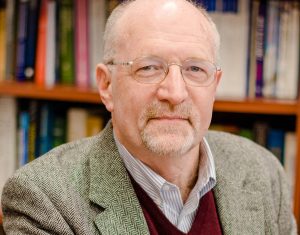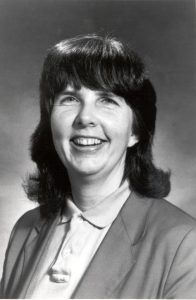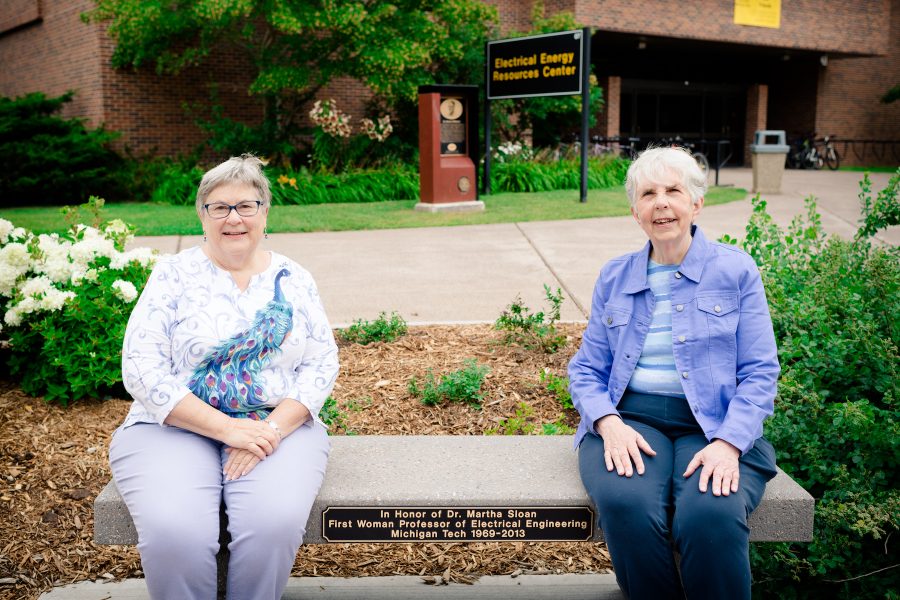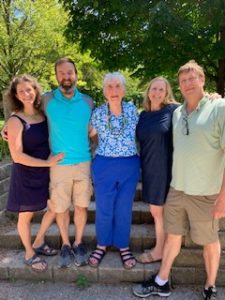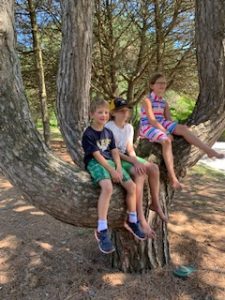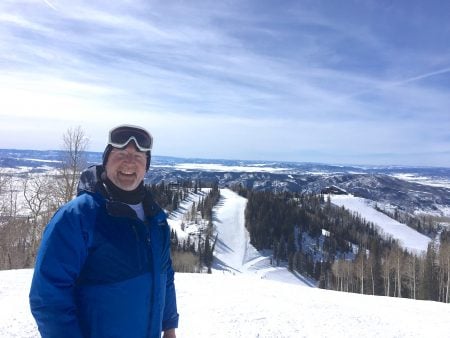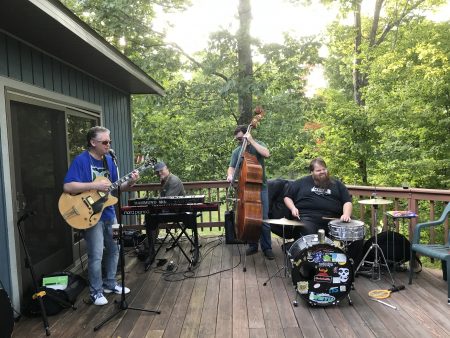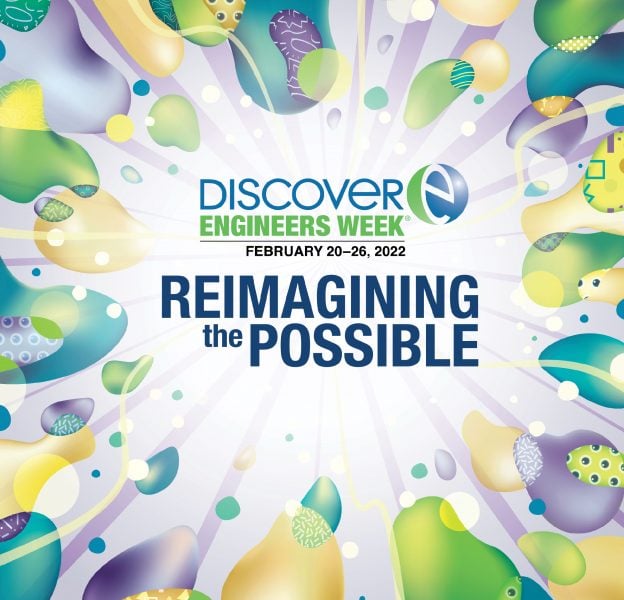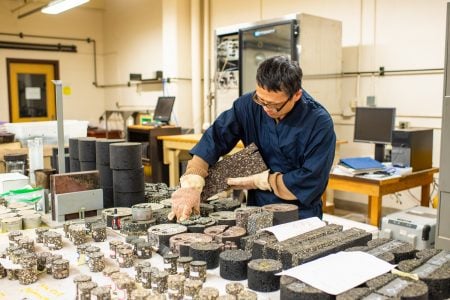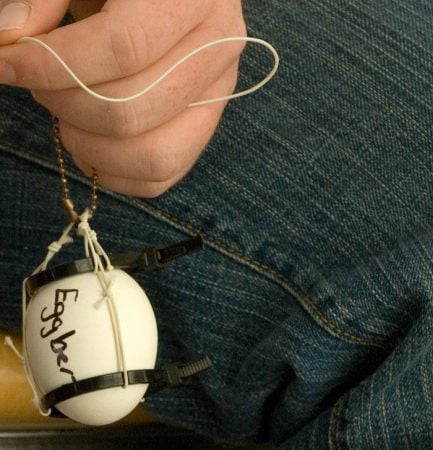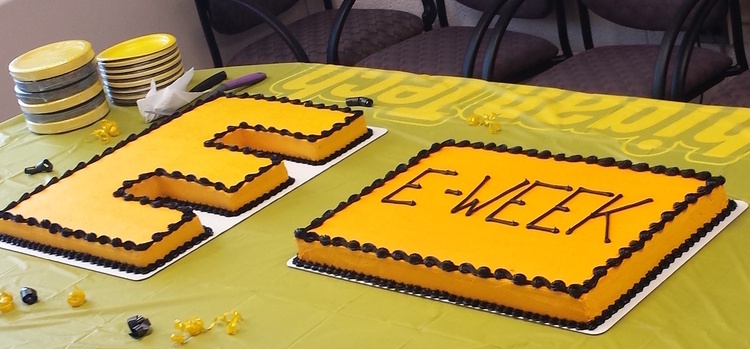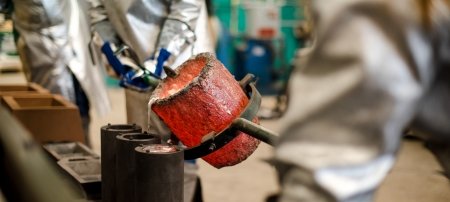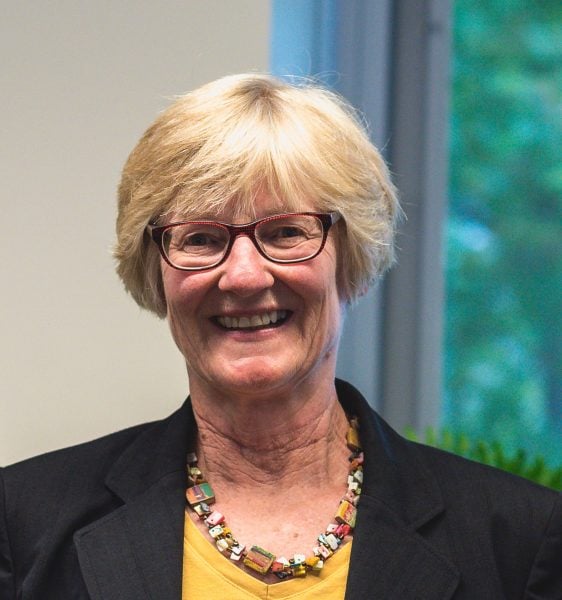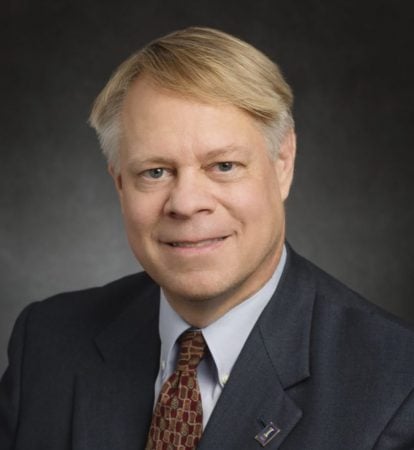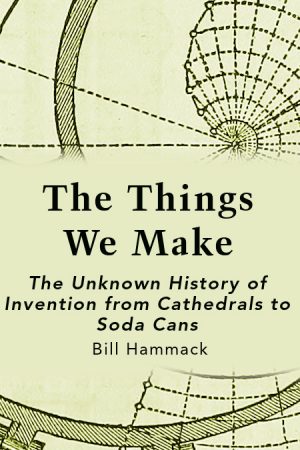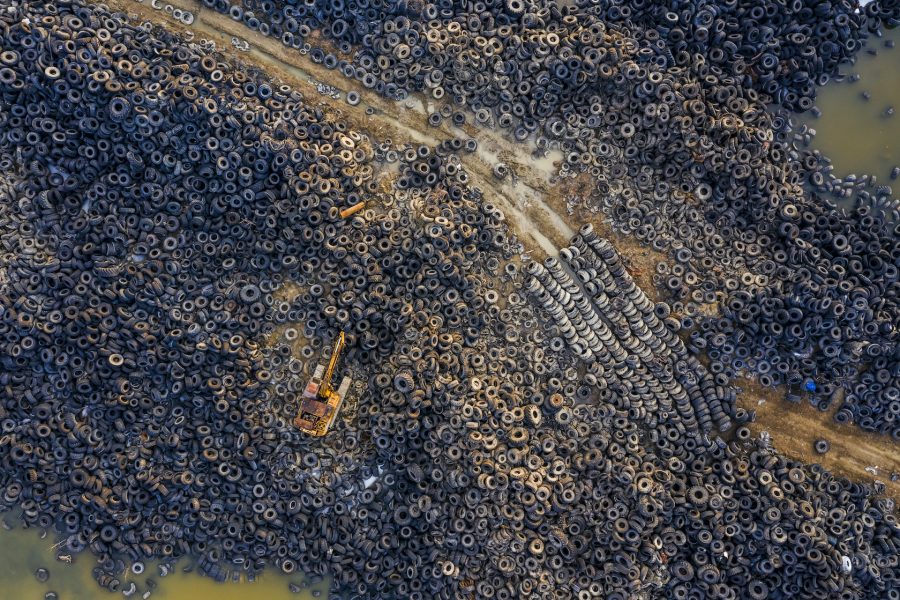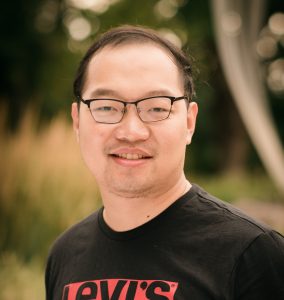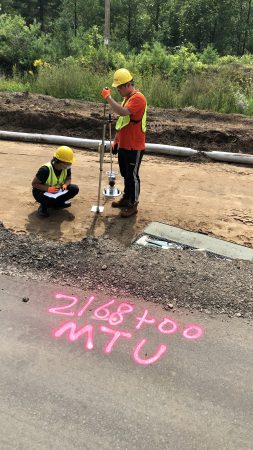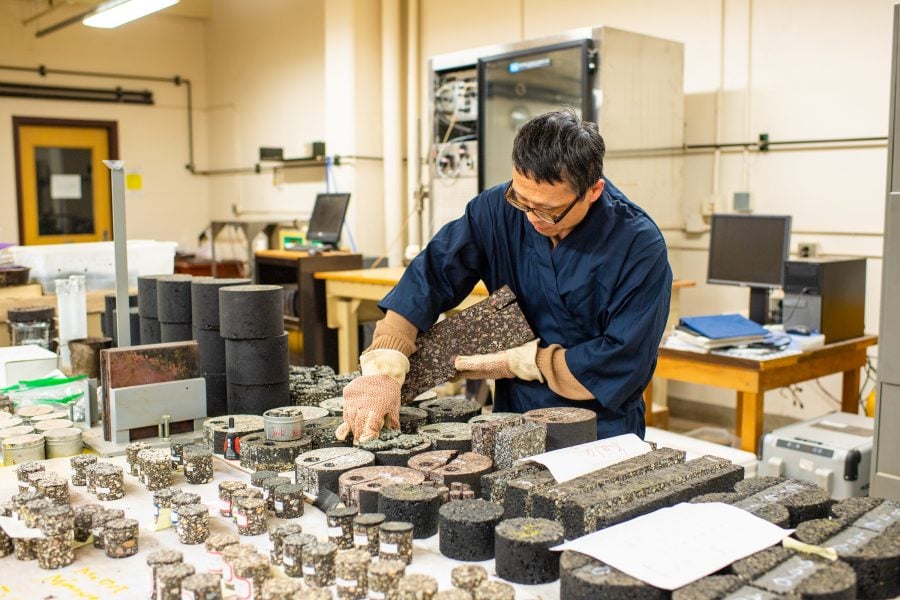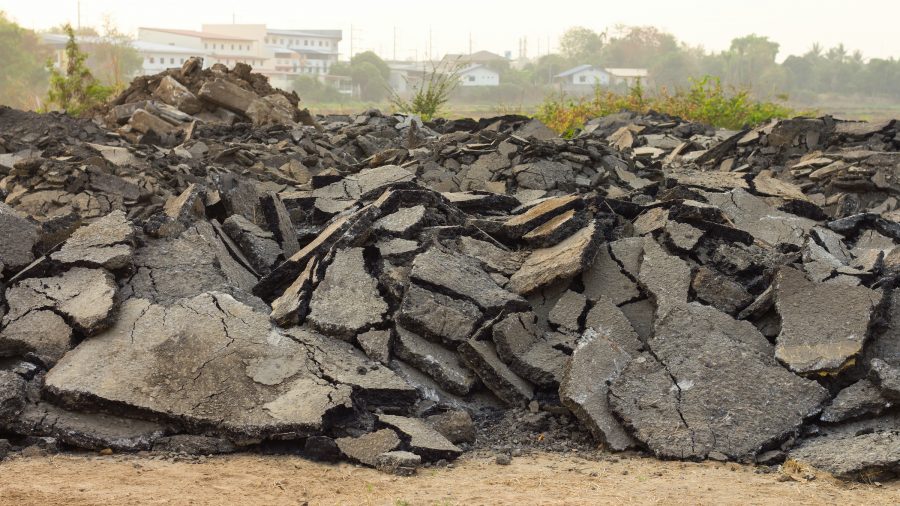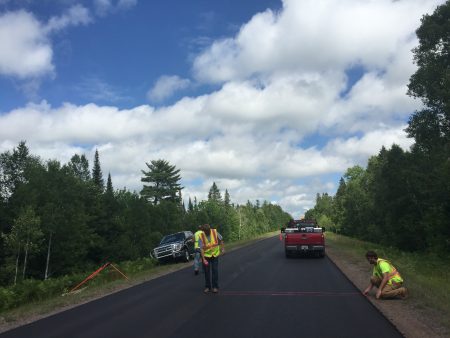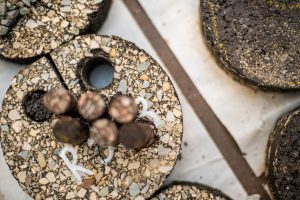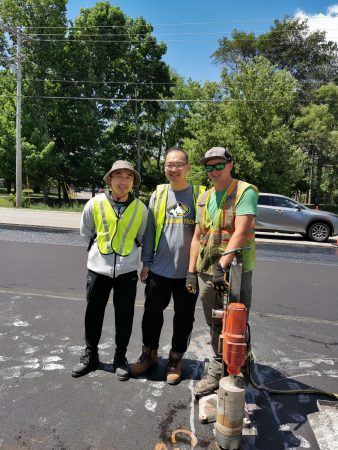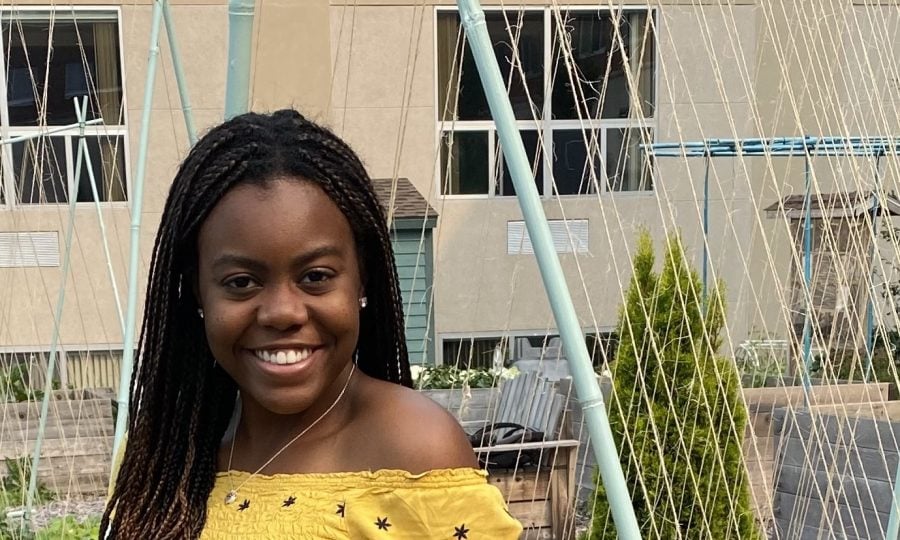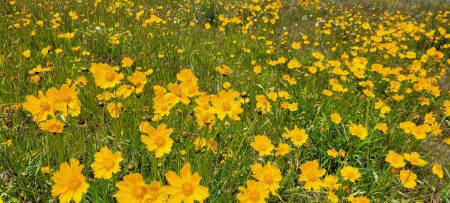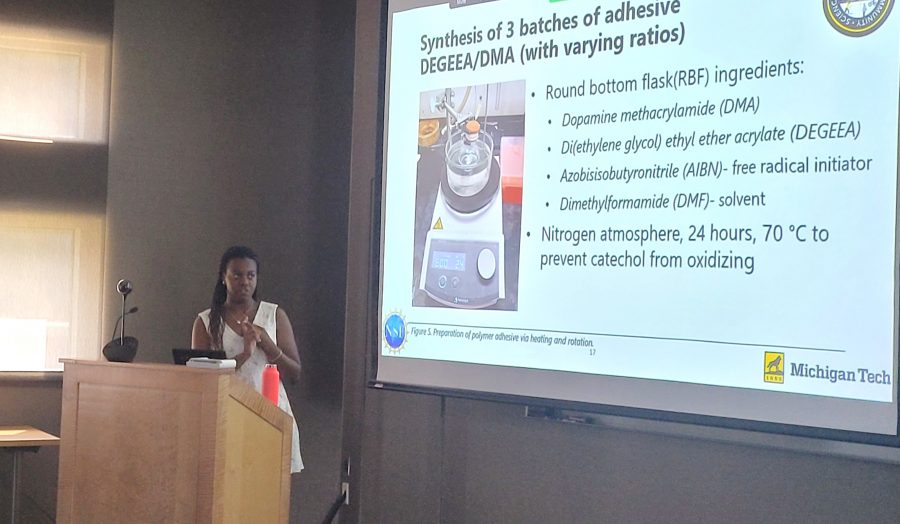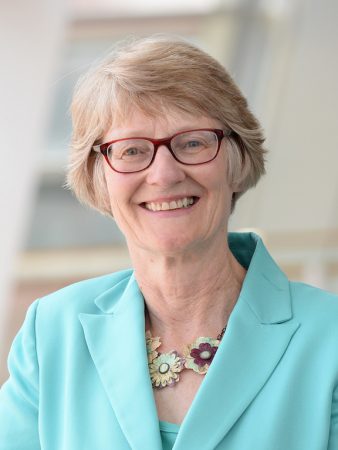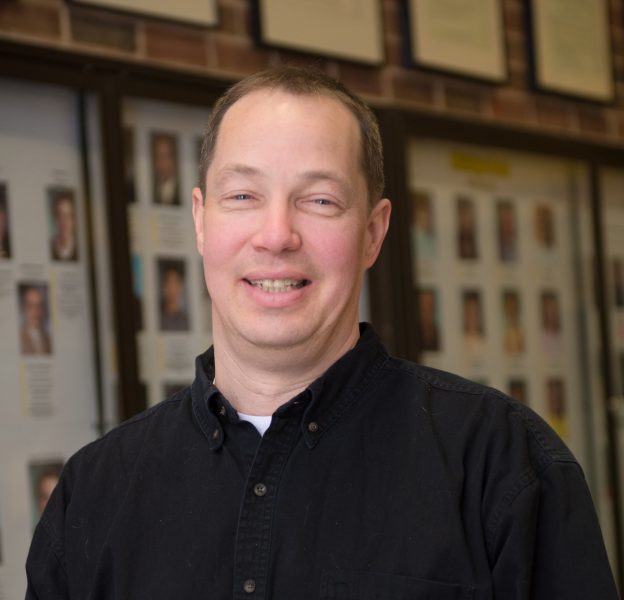
Jason Blough has agreed to serve as Interim Chair of the Department of Mechanical Engineering – Engineering Mechanics at Michigan Tech. He will officially start July 1, 2022, taking over from longstanding ME-EM Department Chair and faculty member Bill Predebon.
Blough, a professor in the Department of Mechanical Engineering-Engineering Mechanics, has a distinguished career, a thriving research group, and acquired many honors in recognition of his work, including the honor of Michigan Tech Distinguished Professor in 2021. He is himself a ME-EM graduate, having earned both BS and MS degrees at Michigan Tech before going on to earn his doctoral degree at the University of Cincinnati.
Blough started his career in ME-EM as an assistant professor in 2003, and before that worked as a research professor at the Michigan Tech Keweenaw Research Center. Over the past year, he served as both associate chair and director of graduate studies for the ME-EM department.
“I look forward to Dr. Blough becoming a member of the leadership team of the college and I am grateful for his willingness to serve ME-EM as interim chair,” said Dean Janet Callahan.
Blough has been recognized for numerous contributions in teaching, research and service. He is a member of Michigan Tech’s Academy of Teaching Excellence and has received the SAE Ralph R. Teetor Educational Award. He is identified as an international leader in the research area of noise, vibration and harshness, having received the Blue Ribbon Coalition Scientist of the Year Award (2006), the SEM DeMichele Award (2021) and the SAE Arch T. Colwell Merit Award (1997). He is also a Fellow of SAE (2021) and serves as a member of the SAE Snowmobile Committee, responsible for the development of the noise testing procedures used by the industry. Blough also sits on the Scientific Board of the International Snowmobile Manufacturers Association Conference, hosted by Katholieke University in Leuven, Belgium.
He has published his research in numerous journals and peer-reviewed conference papers, and given over 30 short courses to industry. Additionally, Blough’s 100-plus funded projects total more than $3.7 million as principal investigator (PI) and $2.3 million as co-PI.
Extremely active in service, Blough has graduated both doctoral and master’s students, chaired an international conference in his field, served on boards, edited papers and journals, and advised Michigan Tech’s SAE student chapter and the SAE Clean Snowmobile Enterprise team for over 15 years. SAE has recognized him multiple times as an outstanding faculty advisor.


